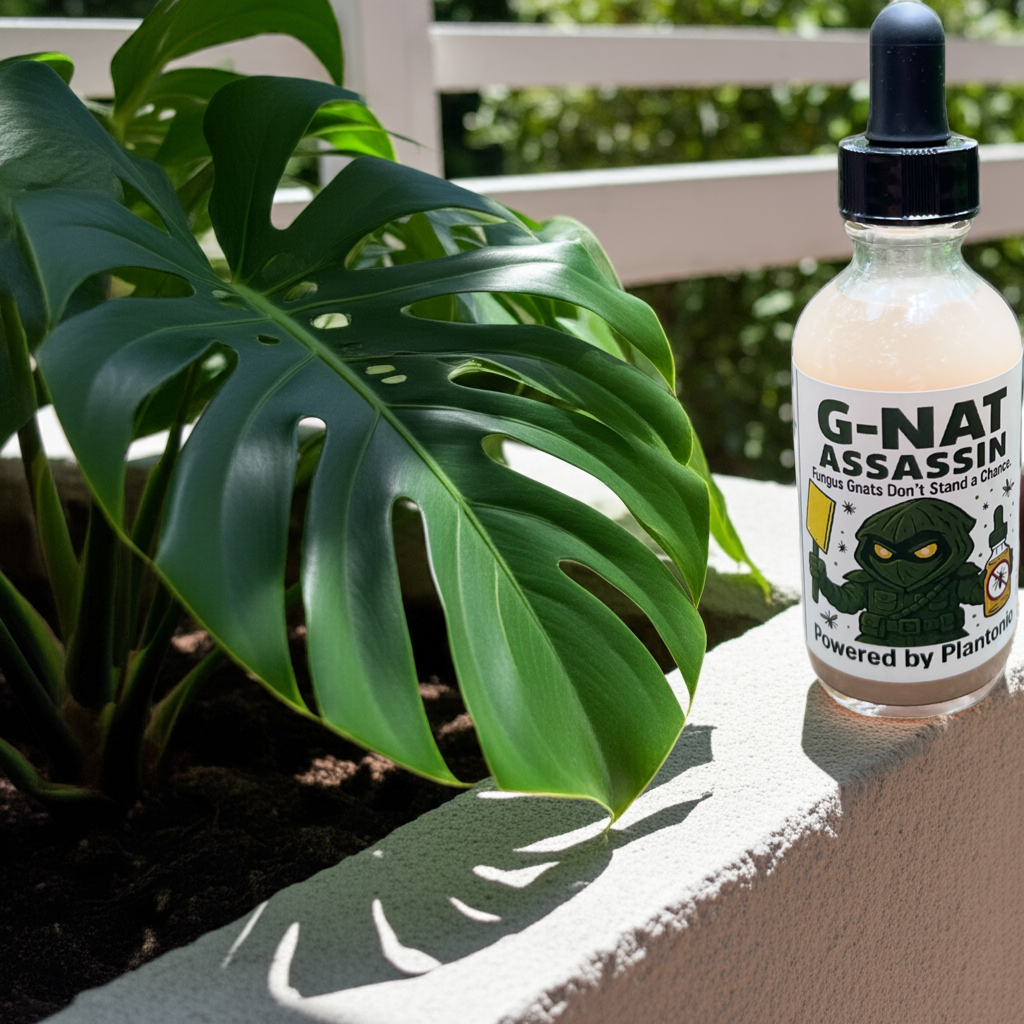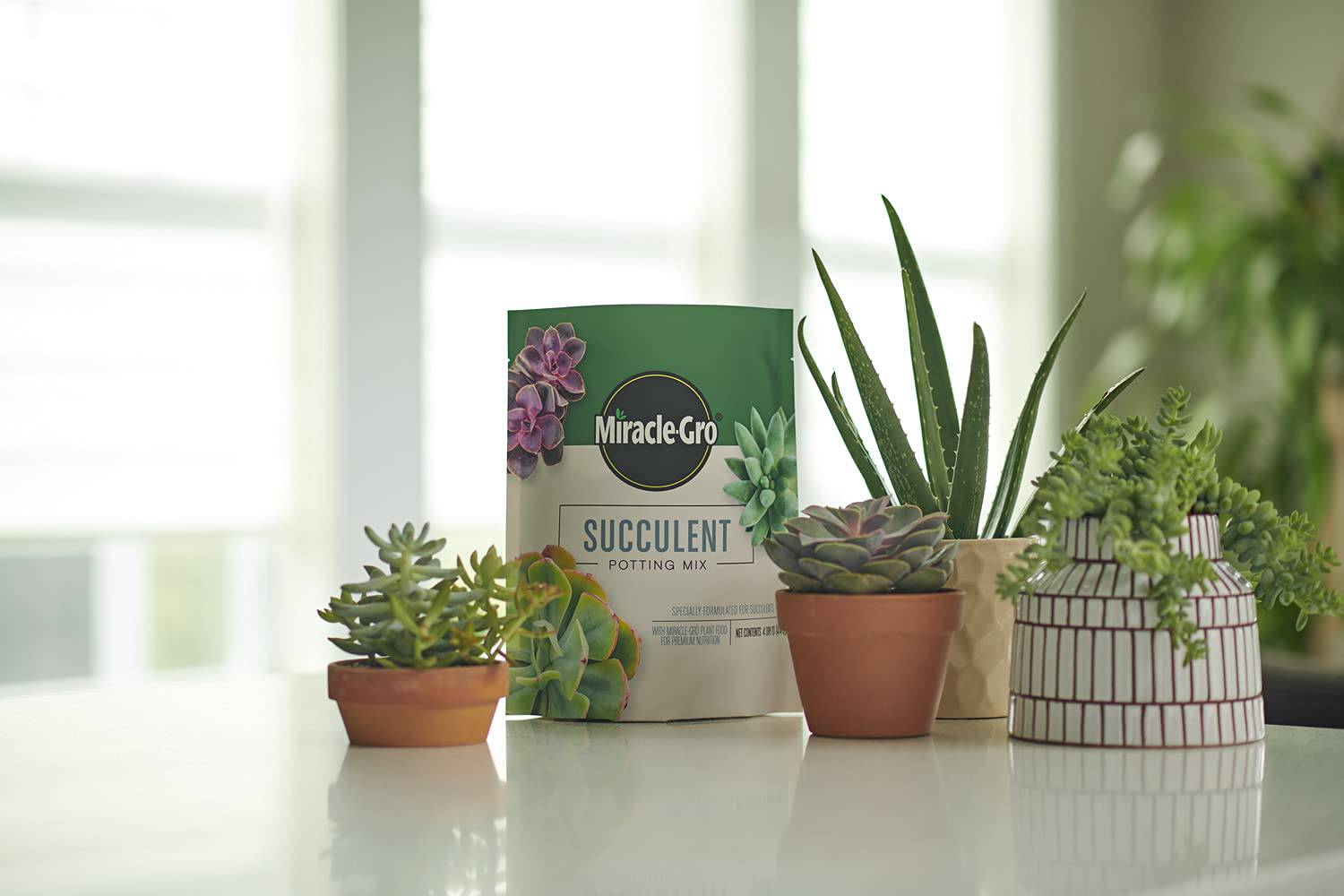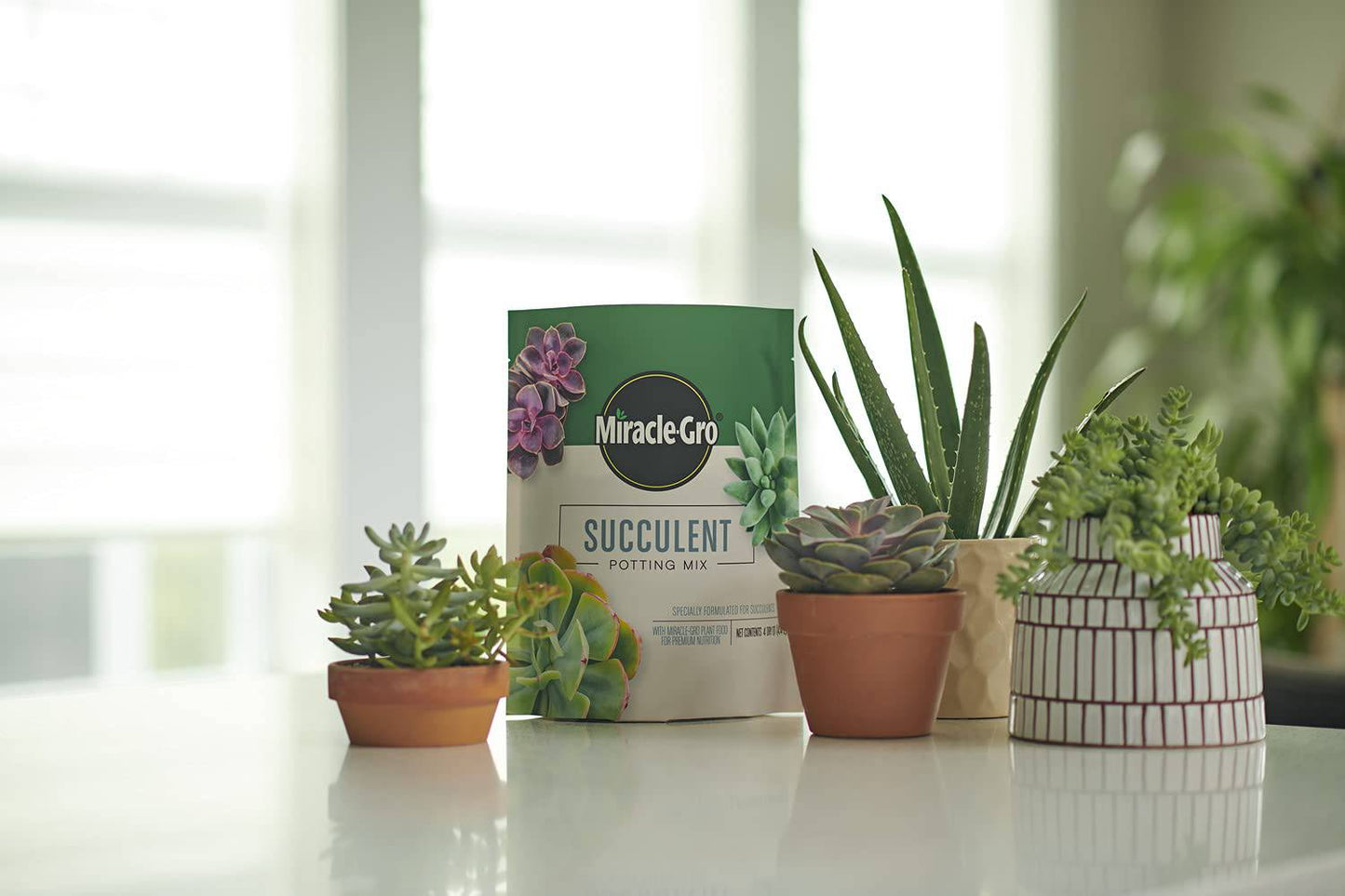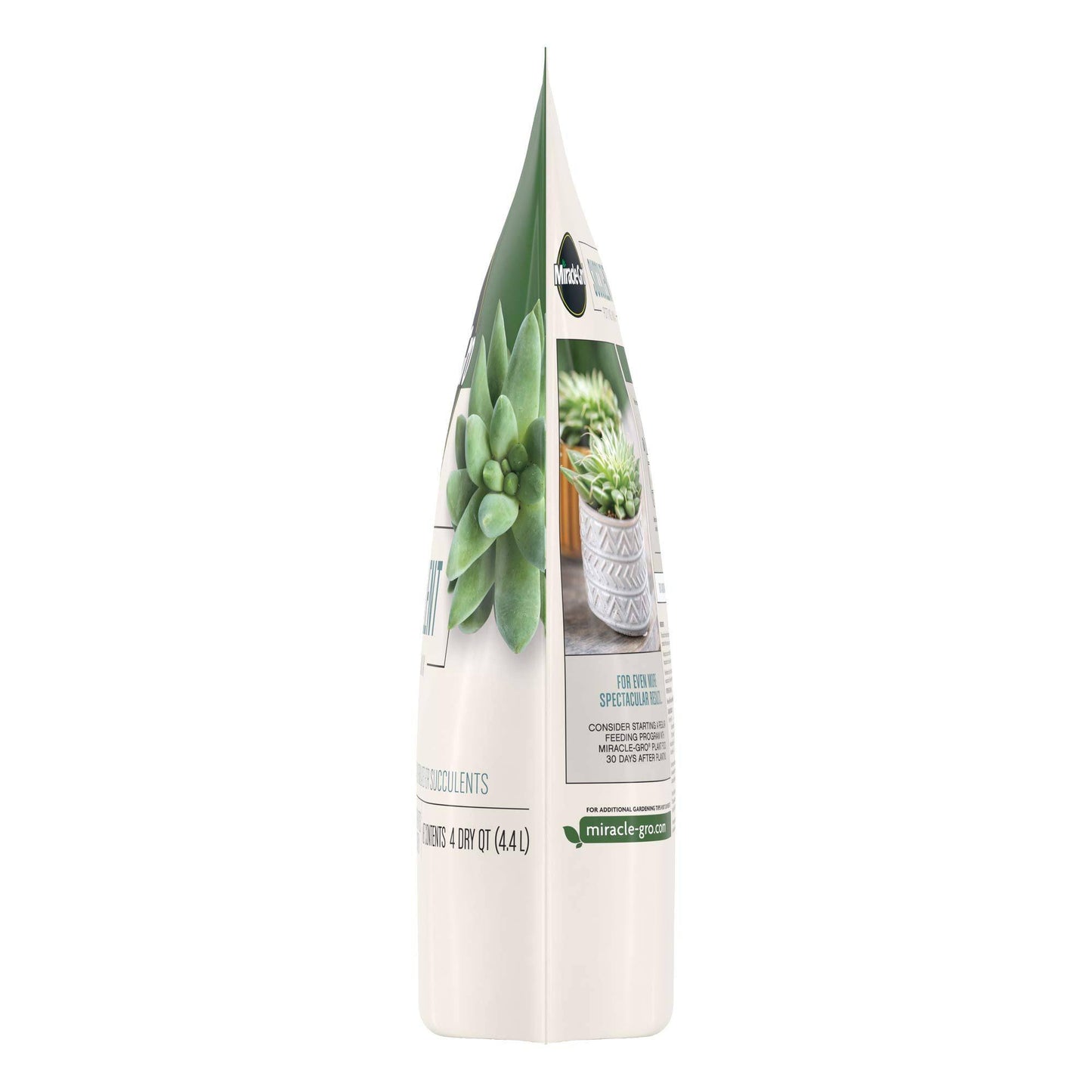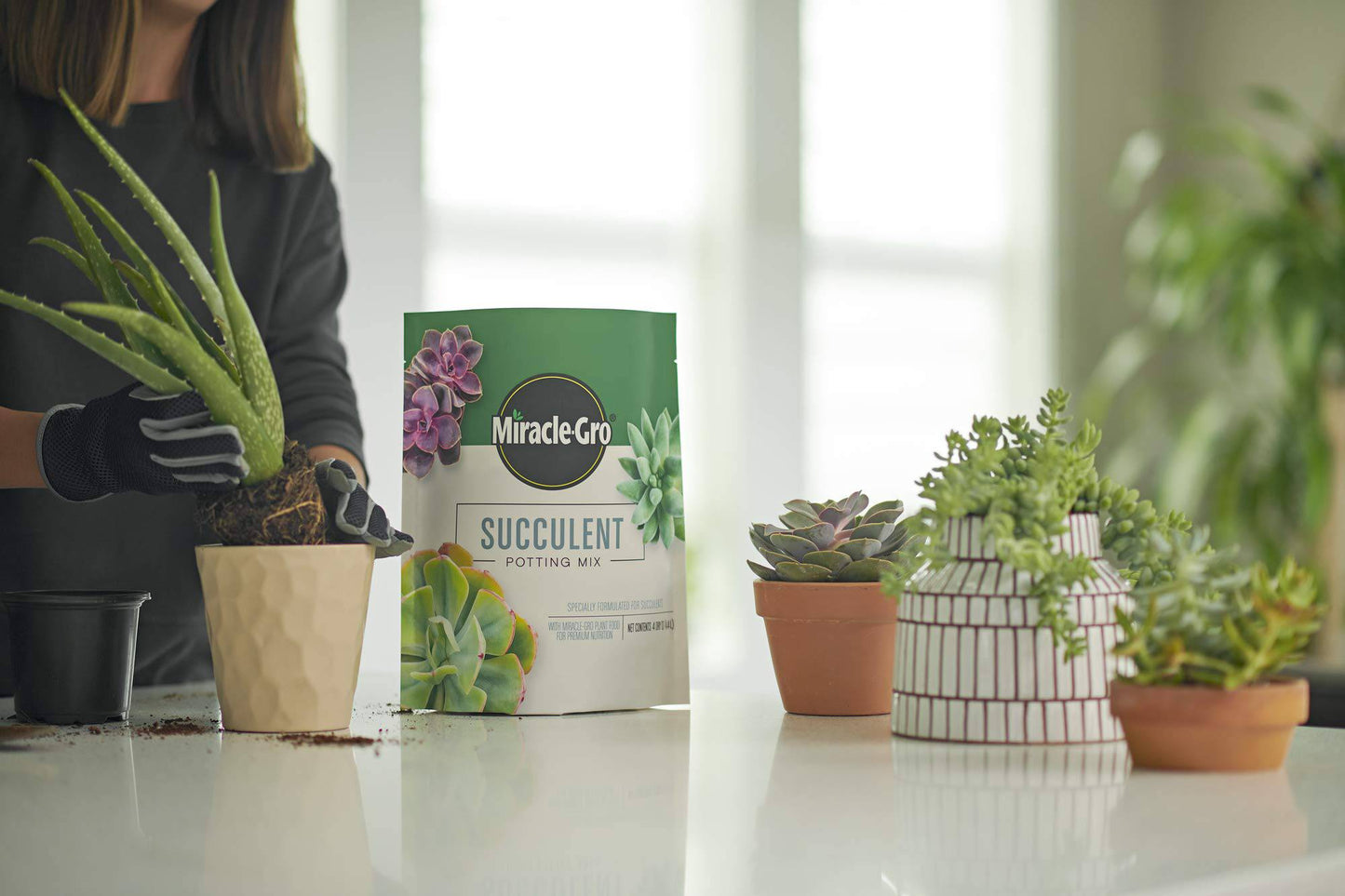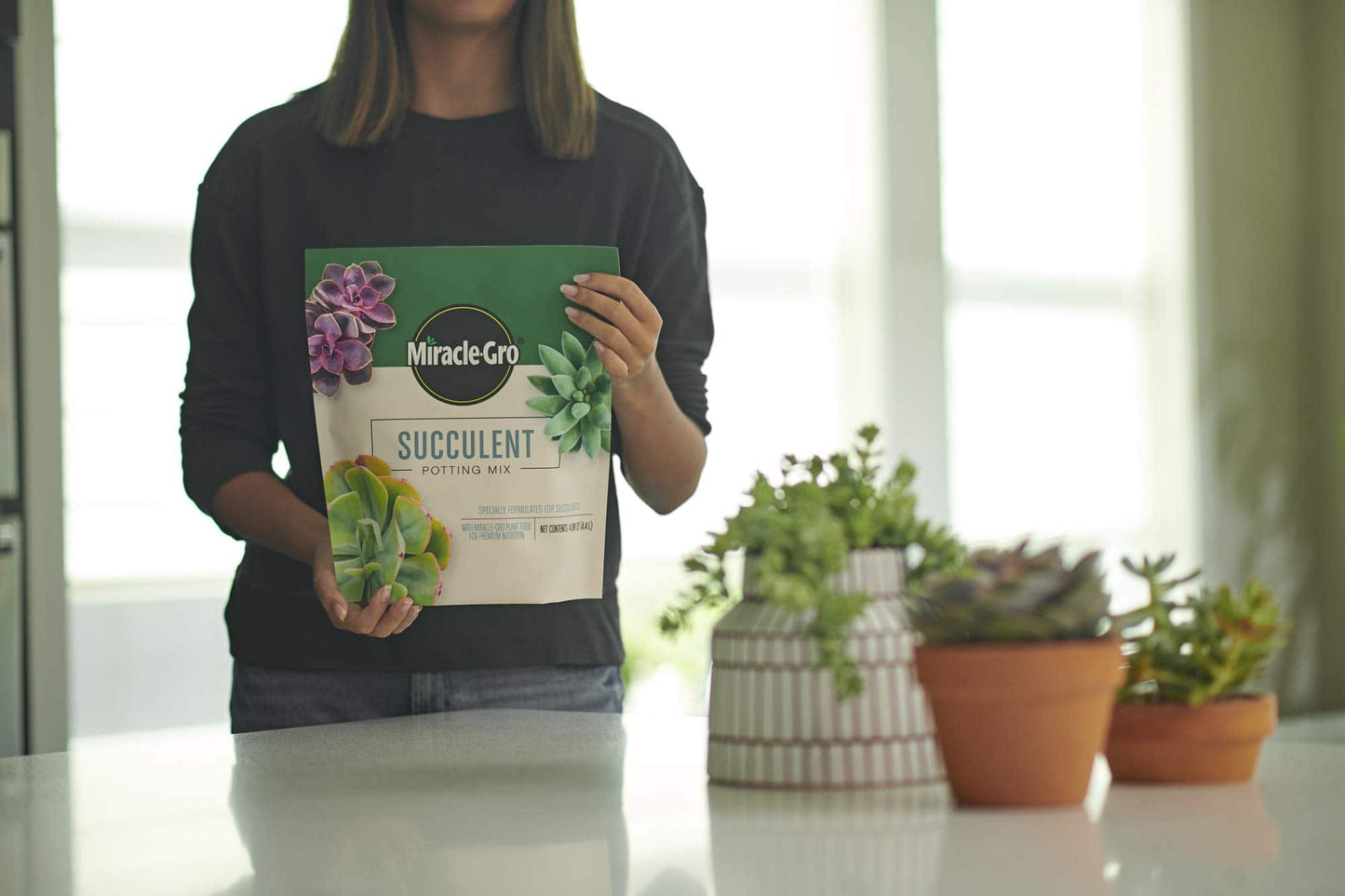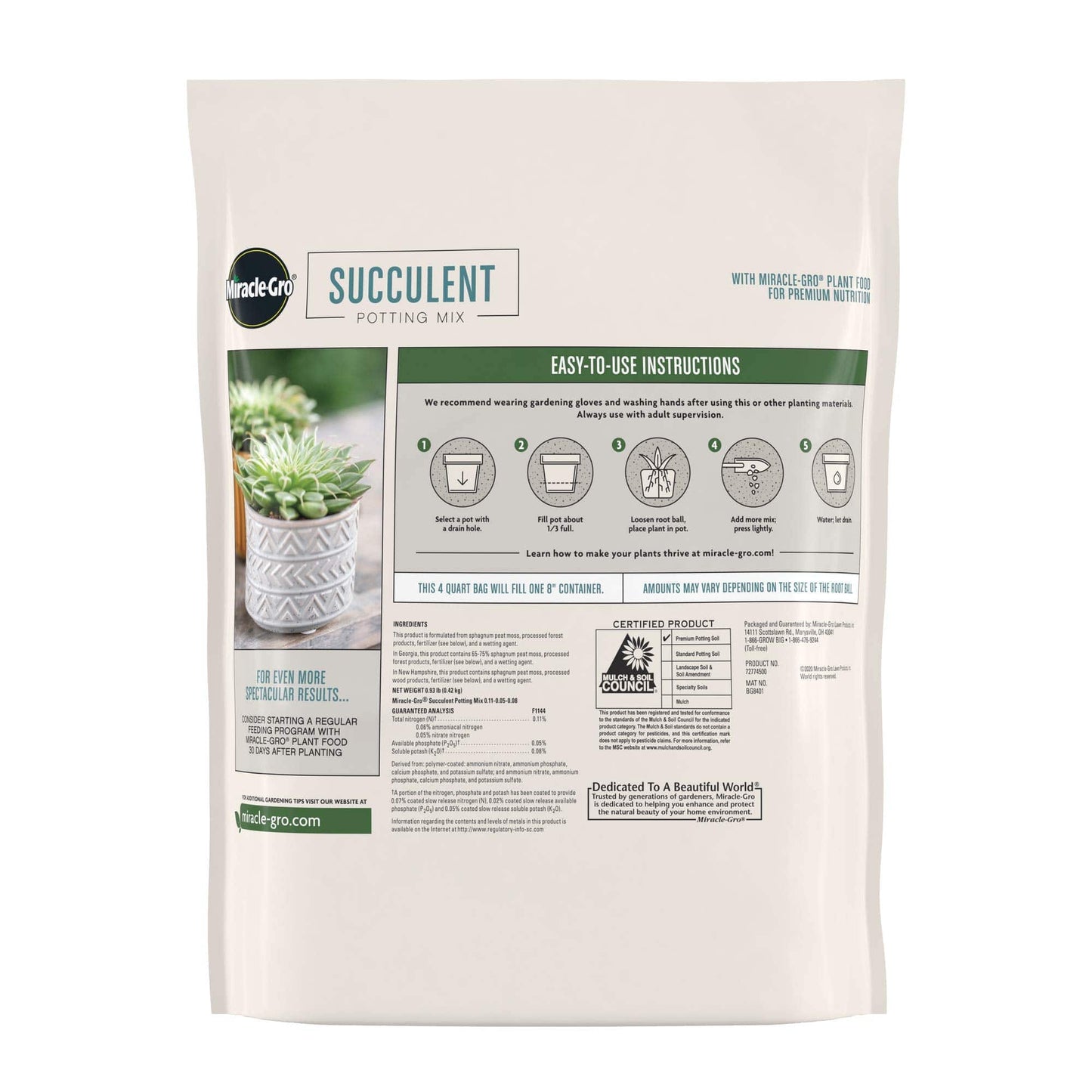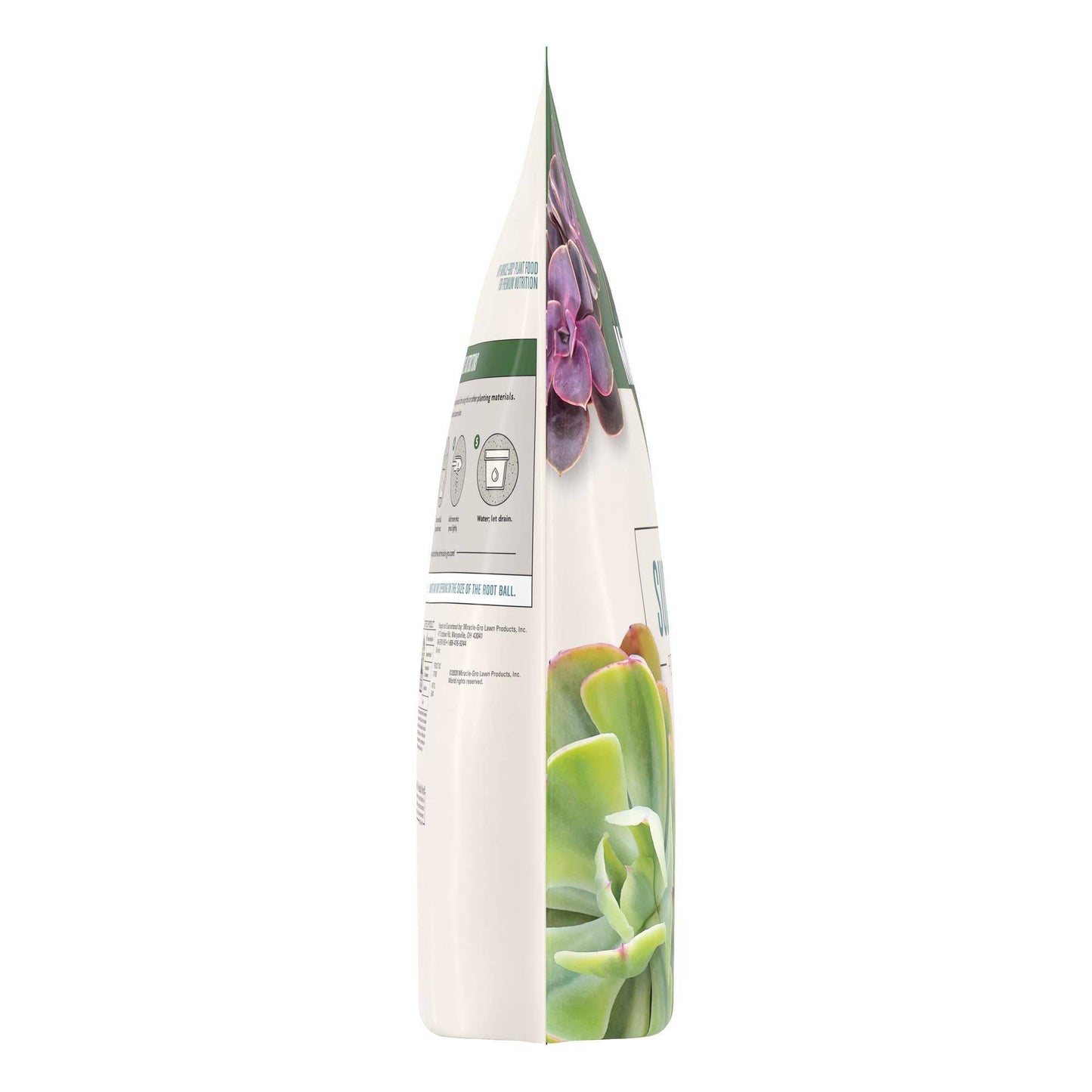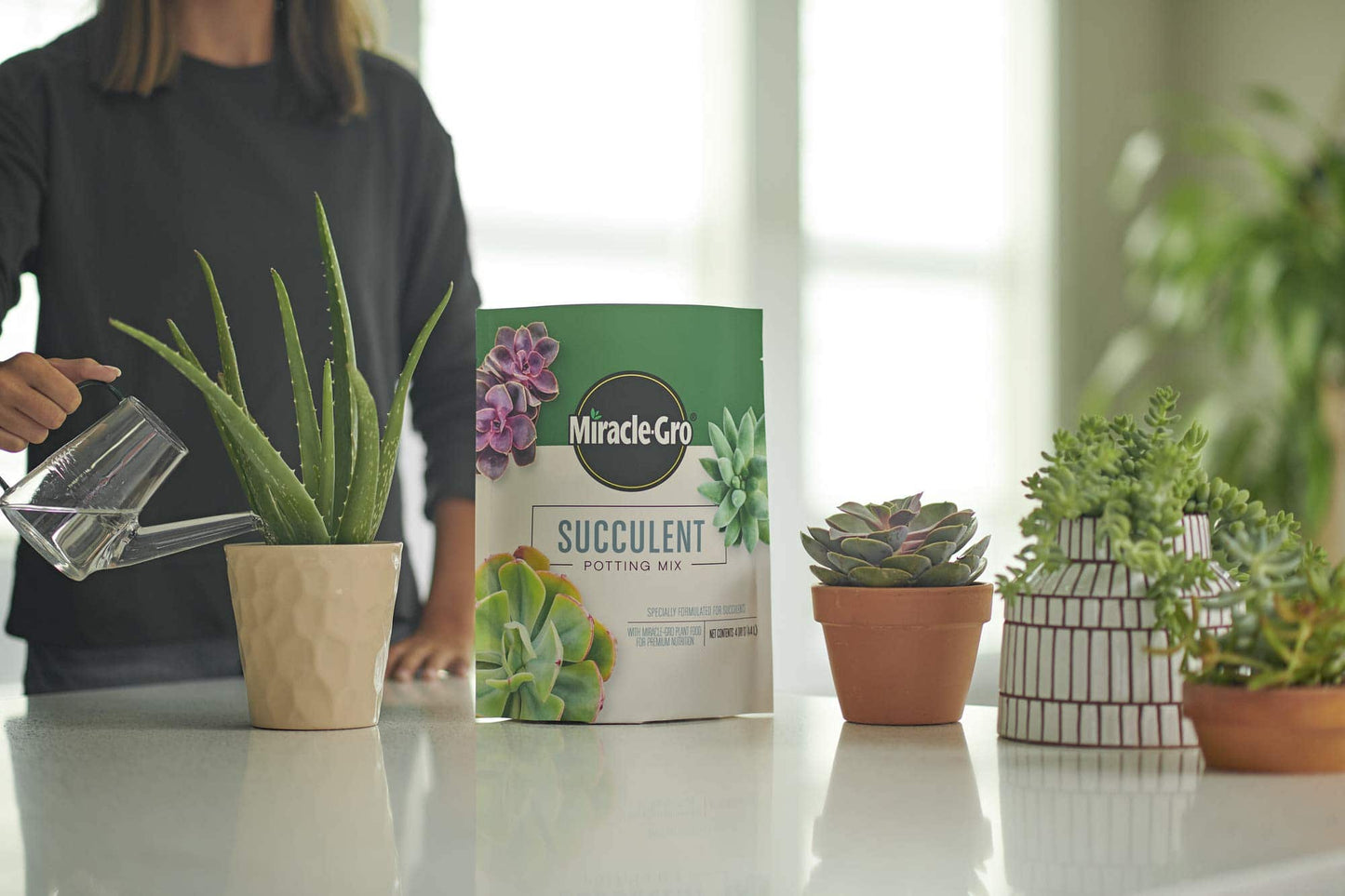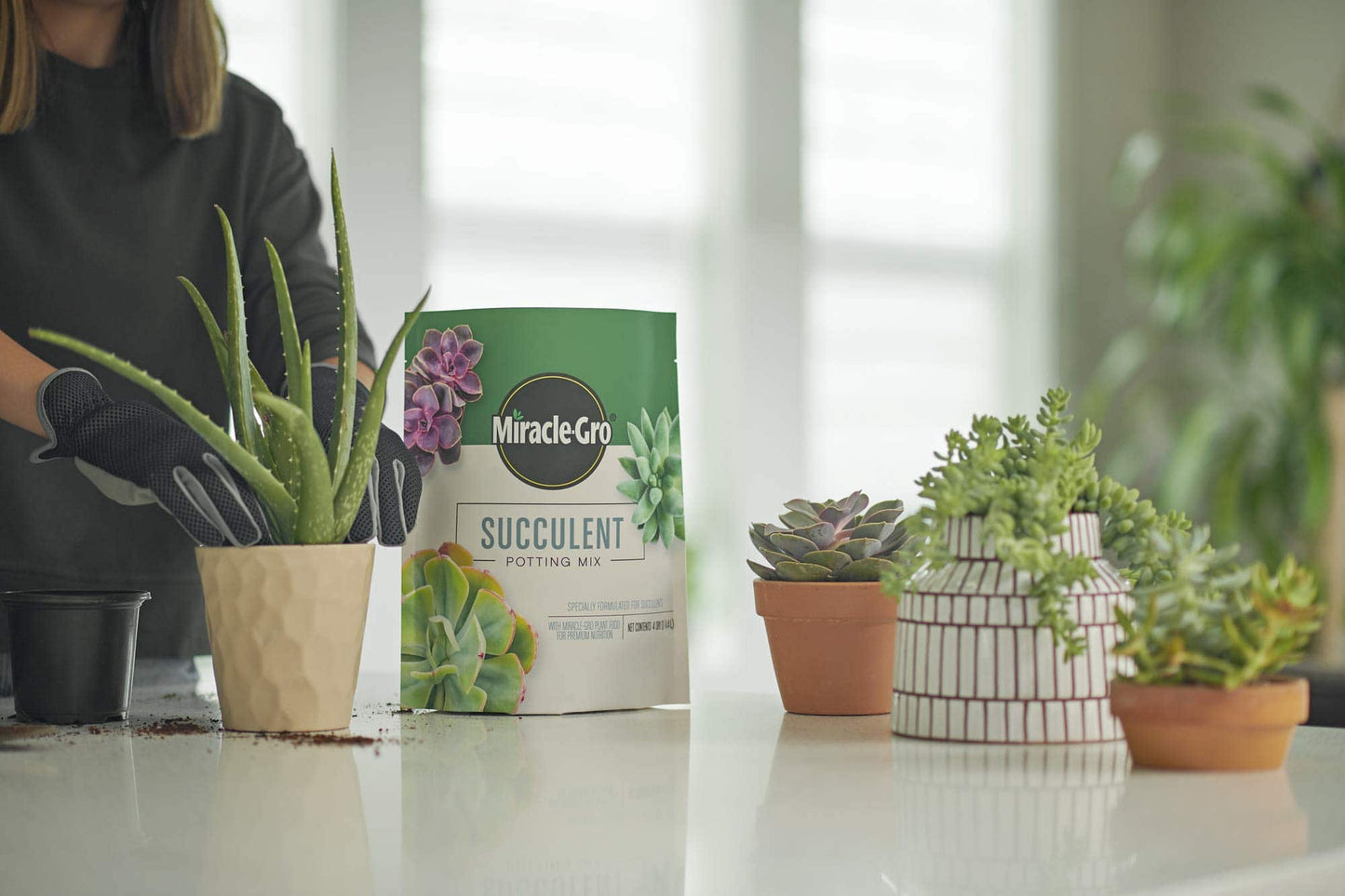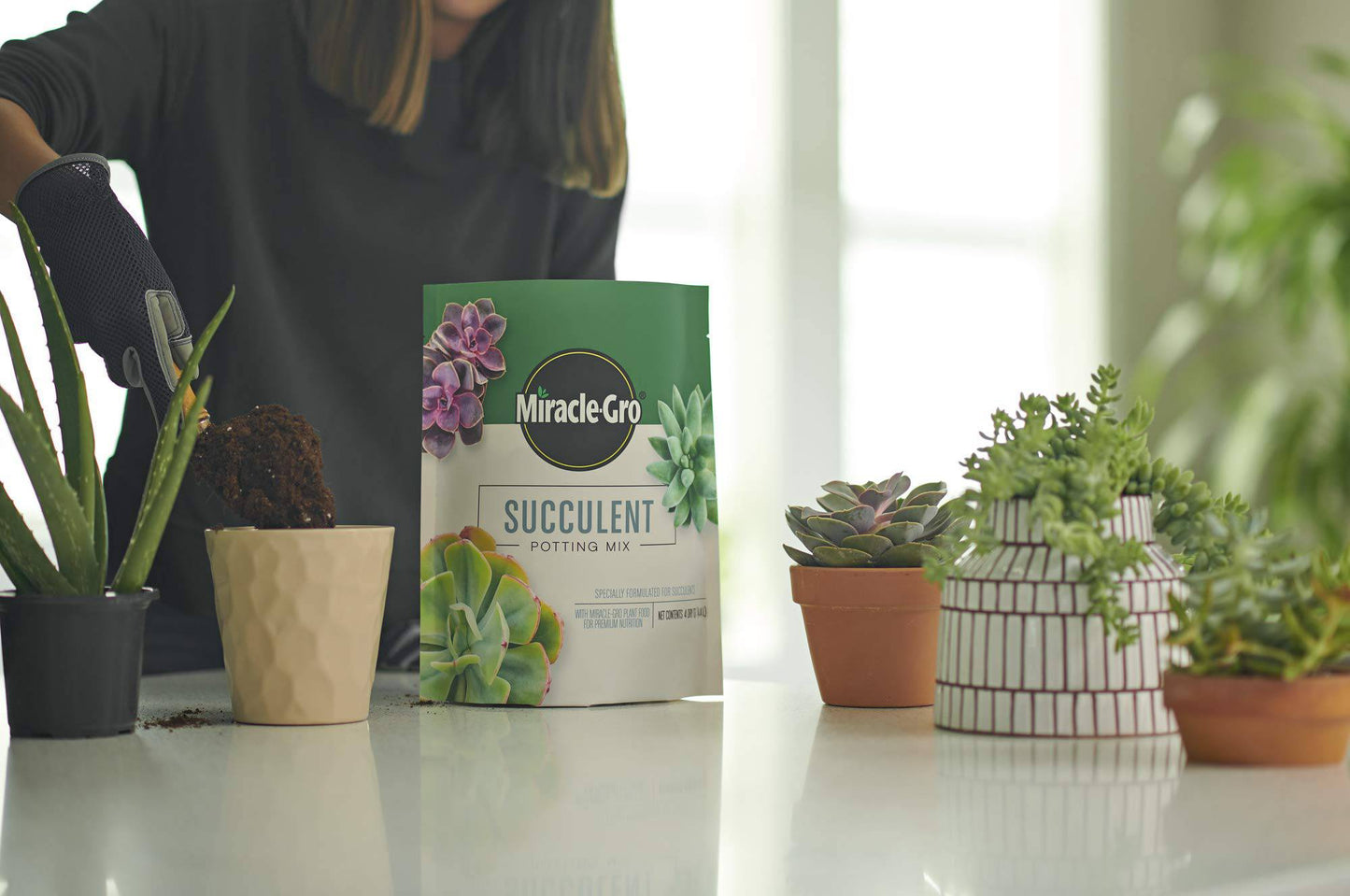The Frustrating Reality of Fungus Gnats: A Houseplant's Worst Nightmare
As a dedicated houseplant enthusiast, nothing quite throws a wrench into your indoor oasis like the appearance of tiny, dancing flies hovering around your beloved greenery. These unwelcome guests, known as fungus gnats, are a common scourge for indoor gardeners, and their presence can quickly turn from a minor annoyance to a full-blown infestation.
The tiny, black flies themselves may seem innocuous at first glance, but their true menace lies in their larvae. These minuscule grubs live in the moist soil of your plant pots, feeding on the roots and causing damage that can weaken and stress your plants. The adults, meanwhile, flit around, leaving behind an unpleasant and unhygienic environment that can make even the most serene indoor garden feel less than welcoming.
But despair not, fellow plant parents! We're not destined to live a life of perpetual fungus gnat misery. There are effective and natural solutions that can rid your plants of these pesky insects without resorting to harsh chemicals. The key lies in targeting their life cycle at its most vulnerable stage: the larval phase.
Unleashing the Power of Mosquito Bits and BTI: A Natural Defense for Your Green Companions
Our secret weapon in this fight against fungus gnats? A powerful, yet eco-friendly duo: **Mosquito Bits** and **BTI (Bacillus thuringiensis israelensis)**. These seemingly simple tools pack a punch against those pesky gnat larvae, offering a natural and effective solution to a common houseplant dilemma.
**Mosquito Bits**, like the Summit 116-12 Quick Kill Mosquito Bits, 8-Ounce and the SUMMIT CHEMICAL CO 117-6 30OZ Mosquito Bits, are small pellets containing BTI. BTI is a naturally occurring bacterium that specifically targets the larvae of mosquitoes, fungus gnats, and other similar insects. When applied to the soil, these bits release BTI, which is ingested by the larvae, disrupting their digestive systems and ultimately leading to their demise.


Why BTI is a Game Changer in the Fight Against Fungus Gnats
BTI is a real game changer in the fight against fungus gnats because of its exceptional effectiveness and safety. It's a highly targeted solution that doesn't harm beneficial insects like ladybugs or butterflies, making it a responsible choice for environmentally conscious gardeners. Unlike chemical insecticides, BTI doesn't leave behind harmful residues in your soil, ensuring a safe and healthy environment for your plants and pets. It's the perfect blend of potency and peace of mind for those who prioritize sustainable gardening practices.
The Simple Art of Using Mosquito Bits: A Step-by-Step Guide
Using Mosquito Bits is remarkably straightforward. Follow these simple steps to embark on your fungus gnat extermination mission:
- **Water Your Plants Thoroughly:** Before applying the bits, ensure your plants are well-watered. This creates the ideal moist environment for the bits to work their magic. The water helps to dissolve the bits and release the BTI effectively, ensuring it reaches the larvae hiding in the soil.
- **Sprinkle the Bits Strategically:** Sprinkle a small amount of mosquito bits on the top of the soil, around the base of your plants. The exact amount will depend on the size of your pot. Start with a small amount and gradually increase as needed, based on the severity of the infestation.
- **Water Again for Maximum Effectiveness:** Lightly water the soil after applying the bits. This will help dissolve them further and ensure the BTI is fully released and readily available to combat the gnat larvae.
- **Repeat as Needed for Lasting Control:** Repeat the process every few weeks or as needed, depending on the severity of the infestation. Consistency is key, as it prevents the gnats from re-establishing their population and ensures a continued disruption in their lifecycle.
Cracking the Code: Understanding the Fungus Gnat Life Cycle for Effective Control
Understanding the fungus gnat life cycle is crucial for effectively controlling these pesky insects. The adults lay eggs in moist soil, where the larvae hatch and begin their feeding frenzy on roots. This cycle repeats, leading to a persistent infestation if not addressed.
By using Mosquito Bits, we directly target the larvae, breaking the cycle and preventing further generations from developing. This is why it's crucial to use these bits regularly, ensuring that new larvae are eliminated before they can mature and lay more eggs, preventing the infestation from spiraling out of control.
Additional Tactics for Fungus Gnat Control: A Multi-Pronged Approach
While Mosquito Bits and BTI are incredibly effective, you can enhance their effectiveness and bolster your defense against fungus gnats by incorporating these additional tips into your pest control strategy:
- **Control the Moisture: Less is More:** Avoid overwatering your plants. Fungus gnats thrive in moist environments, so allowing the top layer of soil to dry out slightly can help control their population. Pay close attention to your watering habits, and aim for a balance that prevents the soil from becoming overly damp.
- **Yellow Sticky Traps: Catching the Adults in the Act:** Use Fruit Fly Traps Fungus Gnat Traps Yellow Sticky Bug Traps 36 Pack Non-Toxic and Odorless for Indoor Outdoor Use Protect The Plant to target adult gnats. Their bright yellow color attracts the gnats, making them an easy and effective way to control the adults and prevent them from laying more eggs, further reducing the infestation.
- **Ensure Good Drainage: Preventing Standing Water:** Make sure your pots have good drainage holes and are not sitting in water. Standing water creates a breeding ground for fungus gnats. Always choose pots with drainage holes and avoid letting them sit in saucers filled with water. If you're using saucers, empty them regularly to prevent stagnation.
- **Remove Dead Plant Matter: Cutting Off Their Food Source:** Regularly remove any dead leaves or stems from your plants. These provide a food source for fungus gnat larvae. Keep your plants clean and remove any decaying matter to deprive the larvae of their food source and reduce their chances of survival.
- **Sand or Perlite Barrier: Discouraging Egg Laying:** Adding a layer of sand or perlite to the top of your potting mix can help create a barrier between the soil and the air, making it harder for gnats to lay eggs. It also helps to improve drainage and keep the soil consistently moist.
- **Repotting: A Fresh Start for Severely Infested Plants:** If your plants are severely infested, consider repotting them with fresh soil. This will help to remove any remaining larvae and give your plants a fresh start, helping them recover from the stress of the infestation.

Advanced Solutions for Stubborn Infestations: Going the Extra Mile
For particularly stubborn infestations, you might need to employ a few extra tricks to eliminate fungus gnats completely and prevent them from returning. These advanced solutions can provide an extra layer of protection, ensuring your plants remain healthy and thrive.
- **Neem Oil Spray: A Natural Insecticide with Multiple Benefits:** Neem oil is a natural insecticide that can be effective against fungus gnats. Apply it to the soil and foliage, following the product instructions carefully. Neem oil acts as a repellent and can help control both the adults and larvae, offering a comprehensive solution to the infestation.
- **Hydrogen Peroxide Treatment: Targeting Larvae in the Soil:** A diluted solution of hydrogen peroxide can be used to kill larvae in the soil. Mix one part hydrogen peroxide with three parts water and water your plants with the solution. This is a temporary solution, but it can help to eliminate a large number of larvae and give your plants a boost in their fight against the infestation.
- **Yellow Sticky Traps: Keeping the Adults at Bay:** If your infestation is primarily adult gnats, Fruit Fly Traps Fungus Gnat Traps Yellow Sticky Bug Traps 36 Pack Non-Toxic and Odorless for Indoor Outdoor Use Protect The Plant can help to control their population. These traps are highly effective at catching adult gnats, preventing them from laying more eggs and continuing the cycle. They can be placed strategically around your plants to capture the adults before they can wreak havoc on your plants.
- **Plug-in Insect Traps: A Targeted Approach for Adult Control:** For extra protection against adult gnats, try using VEYOFLY, Flying Insect Trap, Insect Catcher, Indoor Fly Trap, Safer Home, Fruit Fly Traps for Gnat, Moth, Mosquito, Bug Light Plug in Insect Killer (2 Device + 6 Glue Cards) or Zevo Flying Insect Trap, Fly Trap, Fruit Fly Trap (2 Plug-in Bases + 2 Refill Cartridges). These traps use UV light to attract and trap flying insects, including fungus gnats. They are particularly effective for controlling adult gnats in rooms where they congregate, keeping them away from your plants.


Preventing Fungus Gnats: A Proactive Approach to Safeguard Your Plants
The best way to deal with fungus gnats is to prevent them from infesting your plants in the first place. By implementing these preventive measures, you can create an environment that is less hospitable to these pests, reducing your chances of dealing with an infestation.
- **Choose the Right Potting Mix: Setting the Stage for Healthy Growth:** When potting your plants, use a well-draining potting mix. Avoid mixes that are too dense or retain too much moisture, as these can create a breeding ground for fungus gnats. Choose a mix that provides good drainage and aeration, allowing excess water to flow through, preventing the soil from becoming waterlogged.
- **Avoid Overwatering: Finding the Right Watering Balance:** As mentioned earlier, fungus gnats thrive in moist environments. Water your plants only when the top layer of soil is dry to the touch. This will help to prevent the soil from becoming too damp and attracting gnats. Pay close attention to the watering needs of each plant, as different plants require different levels of moisture.
- **Use a Layer of Sand or Perlite: Creating a Barrier for Protection:** Placing a layer of sand or perlite on top of your potting mix can help to improve drainage and prevent gnats from laying eggs in the soil. These materials also help to aerate the soil, allowing it to breathe and prevent it from becoming overly compacted.
- **Inspect New Plants: Preventing the Spread of Infestations:** Before bringing new plants into your home, inspect them carefully for signs of fungus gnats. This will help to prevent an infestation from spreading. Isolate any new plants for a few weeks to ensure they are not harboring pests and to monitor for any signs of infestation.
Embracing a Flourishing and Pest-Free Indoor Garden
By using Mosquito Bits and BTI, you can effectively control fungus gnats in your houseplants without resorting to harsh chemicals. These natural methods are safe for your plants, pets, and family, allowing you to enjoy the beauty and tranquility of your indoor garden without the constant worry of pesky flies. Remember to follow the tips for prevention and maintenance, and you’ll be well on your way to creating a healthier and happier environment for your plants and yourself. Your houseplants will thank you for it!


